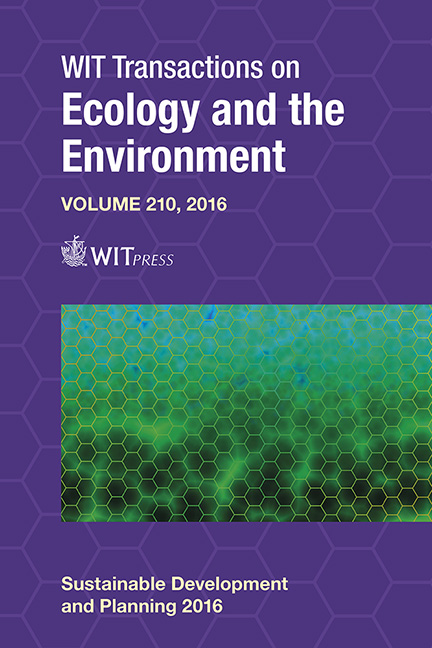The Feasibility Of Rejuvenating Macau’s Cultural Tourism
Price
Free (open access)
Transaction
Volume
210
Pages
14
Page Range
505 - 518
Published
2017
Size
696 kb
Paper DOI
10.2495/SDP160421
Copyright
WIT Press
Author(s)
W. I. Au
Abstract
Macau, a former Portuguese colony, is a small and crowded city, located at the south-east coast of China with population of 646,800 within 30.4 km2 and has the highest population density in the world, 21,100 people per km2. In 2014, it received over 31.5 million tourists. In theory, cultural heritage should be key drivers in the process of destination decision making due to Macau’s rich history and diversity of cultures even before the success of inscription of the Historic Centre of Macau on UNESCO’s World Heritage List in 2005. However, the author found out from literature that the perceived destination image inclined to be “the place to gamble”, so it is not necessarily true that visitors came for cultural heritage. In fact, in addition to the image created by Macau’s world renowned gaming industry, which takes up almost two-third of its industrial structure, there are more obstacles against the effort to rejuvenate Macau’s cultural tourism, e.g., decision making of coach itinerary driven by commission-based business model, information filter of tour guides when introducing sites, communication ineffectiveness at tourist centres, and limitation of visiting time. Even though Macau Government Tourist Office, the destination marketing organization of Macau, has been endeavouring to diverse Macau’s image as a “World Centre of Tourism and Leisure”, this notion is not generally perceived by either visitors or residents and it does not seem to be changing in the near future. As a tour guide in Macau, the author is concerned with not only the trivialization of cultural heritage brought by destination image, but also the “right to the city” of residents. Therefore, the author proposes ways such as the expansion of backpacker markets, improving web markers on travelling websites, and social media, raising local awareness of cultural heritage by holding activities, etc., to rejuvenate Macau’s cultural tourism.
Keywords
Macau, Macao, cultural tourism, cultural heritage, MICE





